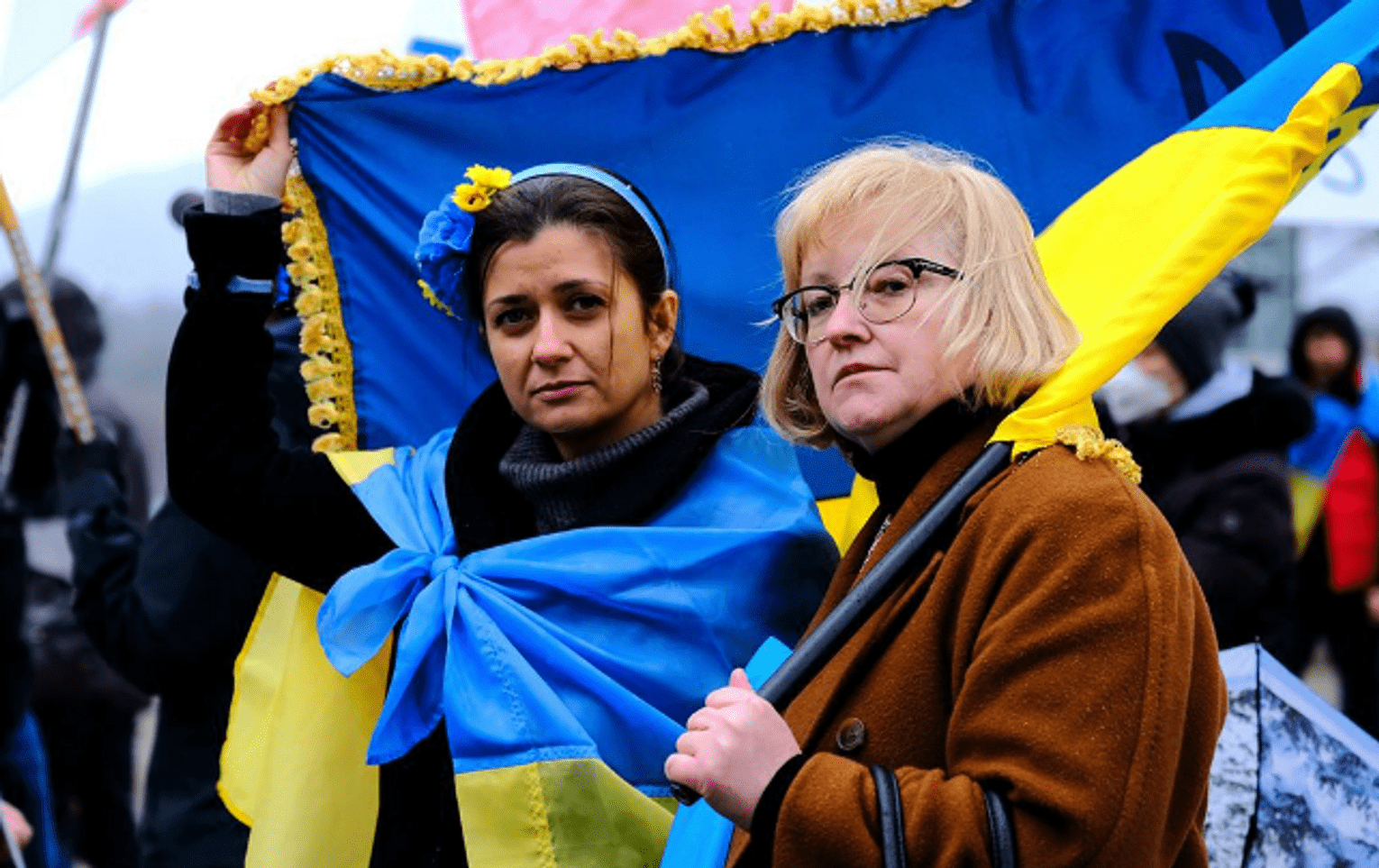There is a shortage of workers: NBU warns of critical outflow of Ukrainians
29 August 17:46
In its updated Inflation Report for July 2025, the National Bank of Ukraine has significantly downgraded its forecast for the dynamics of migration flows. It is estimated that in 2025 and 2026, 200,000 people will leave the country annually, with a “net return” postponed until 2027, "Komersant Ukrainian" reports.
This year, only 100,000 Ukrainians are expected to return, which is five times less than the initial forecasts of 500,000 people.
The main factors of migration are the high level of security threats (including shelling and the risk of new seizures of territory), as well as the adaptation of French Ukrainians to life abroad and the extension of temporary protection status in the EU until March 2027.
Labor shortage: Ukraine’s economy loses, the EU gains
Continued outflows and slow returns of working-age people will continue to create a labor shortage and exacerbate regional imbalances in the labor market. This will slow economic recovery, cause wages to grow faster than productivity, and increase inflationary pressures, the NBU emphasizes.
In addition, European countries are actively retaining Ukrainians in their labor markets, which further affects the potential number of returning residents and reduces domestic consumer demand in Ukraine.
Economic contribution of Ukrainians in Poland as a double win for Warsaw
Ukrainians working in the EU, and especially in Poland, make a significant contribution to the economies of their host countries. According to Deloitte and the UNHCR, in 2024 Ukrainians contributed about 2.7% of Poland’s GDP growth, and according to BGK’s calculations, they contributed more than PLN 18.7 billion to the Polish budget through taxes and insurance contributions.
This means that Ukrainian immigrants were not an economic drag, but rather an economic stimulus for the Polish market. Despite lower salaries (by a third) compared to local workers, their contribution is tangible and exceeds government support costs.
Read also: Migration in Ukraine: hundreds of thousands more people will leave the country – NBU
Education abroad is a new migration reality
The number of Ukrainians studying abroad has increased more than fivefold over the past 15 years: from 21,000 in 2008/09 to 115,000 in 2023/24, according to the Kyiv School of Economics. At the same time, the number of students studying domestically has fallen by more than 21%.
For many young Ukrainians, education abroad means security and the possibility of legal departure without the risk of mobilization. Vasyl Voskoboinyk, head of the Migration Policy Office, emphasizes that studying in the EU opens the way to high-paying employment without the lengthy process of nostrification of diplomas.
Many Ukrainians who went abroad during the war faced the fact that their Ukrainian diplomas needed to be confirmed. As a result, they are forced to take low-paying jobs. But a young Ukrainian with a diploma from a European university can find a well-paid job there, so it will be harder to encourage them to return to Ukraine,” says Voskoboynyk.
Conditions for returning need to be created more than ever
With its own labor force shrinking and the outflow of people, Ukraine will need not only money but also personnel to restore its economy. Another wave of migration may lead to the need to attract foreign labor.
Factors that could encourage return include affordable housing, new jobs, educational programs, social infrastructure, and attractive incentives for living and working. Without these measures, Ukraine risks facing a shortage of not only labor, but also taxpayers and consumers.
In addition to the security factor, housing, work with adequate financial remuneration, and social infrastructure are factors that influence the movement of people. They influence both the desire to stay in the country and the return of Ukrainians abroad,” says Vasyl Voskoboinyk.
The expert explains: “Ukraine did not build social housing even when the first internally displaced persons appeared after 2014, although the war was not in such an active phase then. Therefore, we should not hope that now, when 29% of the territory has been lost, it will be done. However, Ukraine needs to build social housing on a massive scale. I mean massively. The fact is that during all the years of independence, the cost of housing in Ukraine was such that an average Ukrainian could not hope to buy a home with his or her salary. That’s why we have had high migration rates and a decline in the birth rate in Ukraine. And we need to take steps to eliminate this disparity.
According to his estimates, there are about 7 million Ukrainians abroad today.
Our estimate is based on the fact that 70% of Ukrainians abroad will not return. Unfortunately, after the end of hostilities, we will not have a rapid economic growth. And this will cause a new wave of labor migration from Ukraine. According to our estimates, the additional wave may even involve 2 million Ukrainians. And we will find ourselves in a situation where the West will invest in Ukraine: we will receive money for infrastructure projects, for the restoration of some enterprises, but the question is: who will physically work? Because we have a shrinking number of workers,” says Voskoboynyk.
Дивіться нас у YouTube: важливі теми – без цензури
Thus, the daily losses of the working population, the impossibility of mass return, and the adaptation of Ukrainians abroad pose a multilayered challenge to the economy. Recovering from the war requires not only rebuilding infrastructure but also a productive society. If Ukraine does not create the conditions for a reversal of the dynamics, it will soon have to think about attracting international labor, which requires appropriate preparation of business, society, and the state.
Читайте нас у Telegram: головні новини коротко









